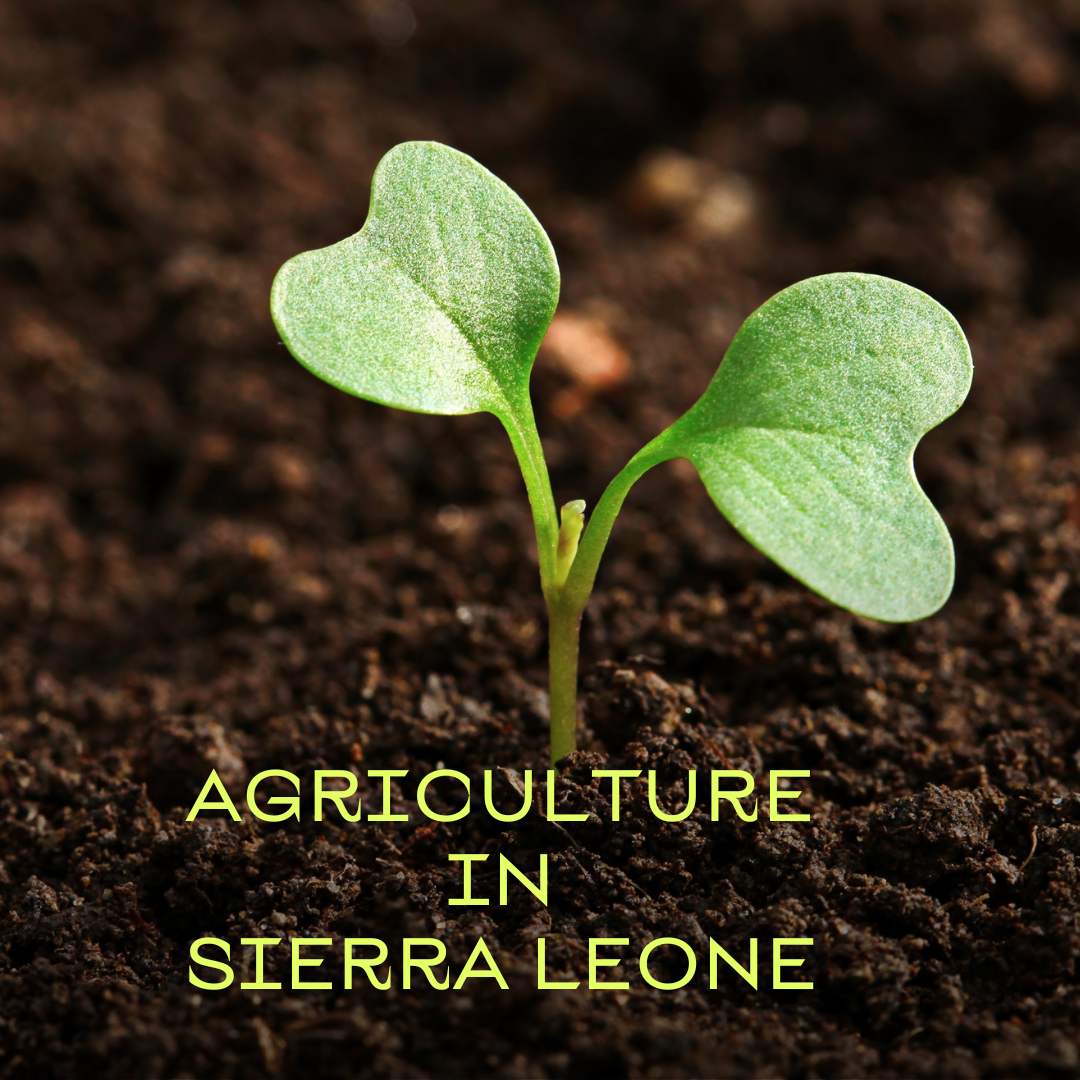History has it that Agriculture in Sierra Leone was the mainstay of the country’s economy for a very long period. Given its rich agricultural resources suitable for farming, the country was not only able to feed itself through agriculture but also exported rice to neighboring countries, thus underpinning massive employment, foreign investments, and above all economic growth. This accounted for 45% of the country’s Gross Domestic Product (GDP), according to FAO/WFP Food Assessment Report in 1997. Sadly, there is no denying that we have to a very large extent moved from being a food sufficient country to being a country entirely reliant on agricultural imports over the years. The big question perhaps is how did we lose this remarkable feat? This is where this article sits, to discuss the factors attributed to it, and what could be done to remedy the situation.
The decline of agriculture in Sierra Leone could be attributed to seemingly endless factors. These causal factors have over the years negatively impacted the sector in its entirety and their effects cannot be overstated. But for the sake of this article, it is noteworthy to highlight and discuss in brief what went wrong in two limbs: First, effects of the Civil conflict and secondly, Rural Urban Migration.
- EFFECTS OF THE CIVIL CONFLICT
Foremost, it is of the essence to note the period prior to the civil conflict in Sierra Leone. There is no gainsaying that before now, there were private as well as public farms across much of Sierra Leone. The sector at that time was the biggest employer and the main source of livelihood for thousands of Sierra Leoneans. During this period, the country did not only farm to feed itself, but also had enough to spare for export. This in turn attracted foreign revenue that positively impacted the economy. In the early 2000s, the period after the civil war, the country marked the dawn of the decline of agriculture in Sierra Leone.
On the one hand, the effects of the civil conflict in present day are still evident in every sector of the country and agriculture is no exception. These shall be discussed under the following:
- Intrastate displacement of farmers
- Destruction of the agricultural infrastructure of the country
- Increase in deforestation
Intrastate displacement of farmers: As the civil conflict ravaged the entire country, farmers were forced to flee to safety, abandoning their farms and other faming activities. This in turn negatively impacted the agriculture sector and eventually halted food production across the country. Roads as well asto machines were all destroyed, thus affecting farming activities and production nationwide. Agricultural production especially at Makeni and Kambia, the two giants known for seed supply were completely destroyed by the war. Also, because the people had abandoned their farms, the Rebels exploited the situation and vandalized everything at the Rokupr Research centre, the country’s main station. Since then, recovery has been snail-paced.
Increase in deforestation: Deforestation has since the end of the civil conflict in Sierra Leone been the new normal. This unfortunate occurrence could be attributed to the high demand for timber and land for developmental activities such as housing.
- RURAL URBAN MIGRATION
On the other hand, rural urban migration is also a major causal factor for the poor situation of agriculture in Sierra Leone. As the war heightened in the provinces, the big towns provided a safe haven for farming families, hence the migration. This shall be discussed further in the following subheadings below:
- The quest for survival in the cities
- New opportunities in other sources of livelihoods in the cities
The quest for survival in big towns: Given the seemingly endless difficulties in the major towns, the need for new means of employment became a priority. Hence, the quest for employment ensued -and it eventually discouraged them from returning to the provinces to continue farming.
New opportunities in other livelihoods in the cities: The urban centers presented a plethora of opportunities in other livelihoods such as petty trading, driving, including many others. As these income streams became even more lucrative, they found no interest in returning to their farms in the provinces. Obviously, this entirely disrupted the agricultural sector to date, because the farming families are living in the urban centers. These and other factors over the years contributed adversely to the sharp decline of agriculture in Sierra Leone.
What can be done to improve agriculture in Sierra Leone?
As clearly highlighted above, the factors attributed to the decline of agriculture in Sierra Leone are seemingly endless. To address them, therefore, the following have been proffered for reform:
- Foremost, Government should roll out a needs assessment initiative in order to determine the areas the sector is lacking and what needs to be done in that regard.
- Government through the Ministry of Agriculture Forestry and Food Security (MAFFS) should provide subsidies to low income farmers in order to foster risk management mentality, which in turn will help keep them aloft in times of climate related issues.
- Government should make available improved varieties of seed, and also machines accessible to farmers.
- Government should provide loans to farmers in the provinces in order to encourage others to relocate back to the provinces to farm.
- Commercial Banks should always make loans accessible to farmers with low interests rates;
- MAFFS should design a price control policy in tandem with the local content policy which will help farmers realize much more from their produce.
- We should grow more of what we eat and eat more of what we grow so that our dependency on foreign agricultural product will reduce;
